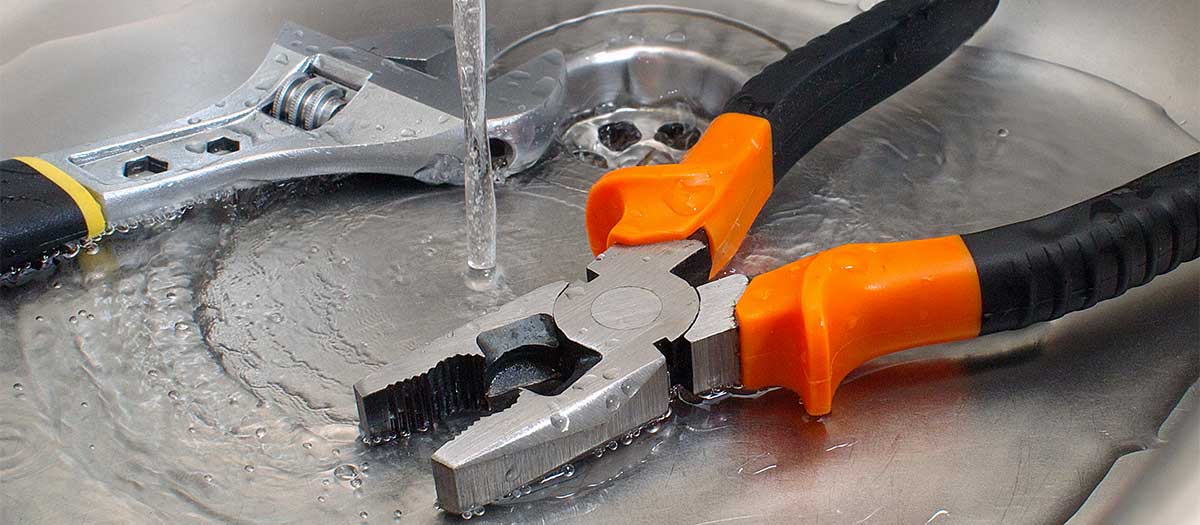Spot Hidden Water Line Leaks: Six Clever Hacks
Spot Hidden Water Line Leaks: Six Clever Hacks
Blog Article
We have discovered this article relating to Hacks to detect leaks below on the internet and accepted it made sense to relate it with you in this article.
.jpg)
Early detection of dripping water lines can mitigate a prospective disaster. Some tiny water leaks might not be visible.
1. Examine the Water Meter
Every home has a water meter. Inspecting it is a guaranteed way that helps you discover leaks. For beginners, turn off all the water resources. Make sure no one will certainly purge, use the tap, shower, run the cleaning equipment or dishwasher. From there, go to the meter and watch if it will alter. Because nobody is using it, there need to be no motions. If it moves, that indicates a fast-moving leak. If you find no adjustments, wait a hr or two and also inspect back once again. This means you might have a slow-moving leakage that could also be below ground.
2. Inspect Water Intake
If you spot sudden modifications, in spite of your consumption being the exact same, it implies that you have leakages in your plumbing system. An unexpected spike in your costs shows a fast-moving leakage.
A stable boost every month, also with the exact same habits, reveals you have a slow leak that's additionally slowly rising. Call a plumber to completely check your home, especially if you really feel a warm location on your floor with piping underneath.
3. Do a Food Coloring Examination
30% comes from toilets when it comes to water usage. Examination to see if they are running correctly. Decline specks of food shade in the storage tank as well as wait 10 mins. There's a leak between the storage tank as well as bowl if the color somehow infiltrates your dish throughout that time without flushing.
4. Asses Outside Lines
Do not forget to inspect your outside water lines also. Test spigots by connecting a garden hose. Should water seep out of the connection, you have a loosened rubber gasket. Change this as well as ensure all connections are limited. If you have actually got a sprinkler system, it will aid get it expertly checked out and preserved each year. One small leakage can lose lots of water and also spike your water bill.
5. Analyze the situation and also inspect
Home owners need to make it a practice to examine under the sink counters and also even inside closets for any bad odor or mold growth. These 2 red flags show a leak so timely interest is needed. Doing routine evaluations, also bi-annually, can conserve you from a significant trouble.
Check for discolorations and also deteriorating as the majority of devices and pipelines have a life expectations. If you think dripping water lines in your plumbing system, don't wait for it to rise.
Early discovery of leaking water lines can minimize a possible catastrophe. Some little water leaks might not be noticeable. Inspecting it is a proven method that aids you find leaks. One little leak can waste heaps of water as well as spike your water expense.
If you suspect dripping water lines in your plumbing system, don't wait for it to escalate.
How to Know If Your Home Has a Hidden Leak
Water Meter Reveals Inexplicable Water Usage
If you’d like to test whether or not there’s a leak somewhere in your home, you can do this using your water meter. Here is how to conduct the test:
Don’t use any water in your home for at least 30 minutes; this also means not turning on faucets or water-using appliances.
Go outside, and check your water meter for activity.
If your water meter shows that there was activity, even though no one was using any water, this proves that there is a leak in your home.Visible Mold or Mildew Growth
Leaks behind walls create moist, dark environments that allow mold and mildew to grow and thrive. Eventually, you might see mold growth forming on the wall closest to a hidden leak.
If mold is growing in an area that receives a high amount of moisture, such as a bathroom, it may simply be an indication that better ventilation is needed. However, if you see mold growth on a wall or the ceiling in an area where you would not expect, you probably have a hidden leak.
Musty, Mildew Odor
Sometimes you might not be able to see the mold or mildew that is growing as a result of a leak. However, the smell can give the problem away just as easily. If you catch a whiff of something musty, there’s a good chance that old water is collecting somewhere in your home that you can’t see.
Stained/Warped Walls, Ceilings, or Floors
When your home soaks up water, a variety of red flags can become visible, including ceiling stains, bubbling drywall, warped walls, and sagging floors. While these issues can be caused by excess humidity, they can also be signs that a pipe or plumbing connection has started leaking behind your walls.
Inexplicably High Water Bill
After a while, you get a general sense for what your water bill should be. If you own a pool or sprinkler system, your bill will tend to be higher during summer. However, if you receive a water bill that seems especially high, and you can’t figure out what caused it, then you may have a hidden leak somewhere that’s increasing your bill.
https://www.plumbingjoint.com/blog/2019/july/how-to-know-if-your-home-has-a-hidden-leak/

I was shown that write-up on Leaking water lines from a good friend on another domain. Appreciated our blog? Please share it. Help somebody else discover it. Thanks a lot for your time spent reading it.
Guaranteed fix? Call. Report this page